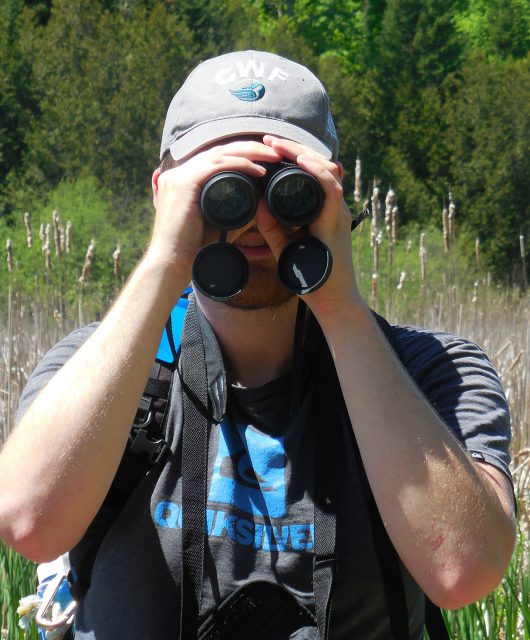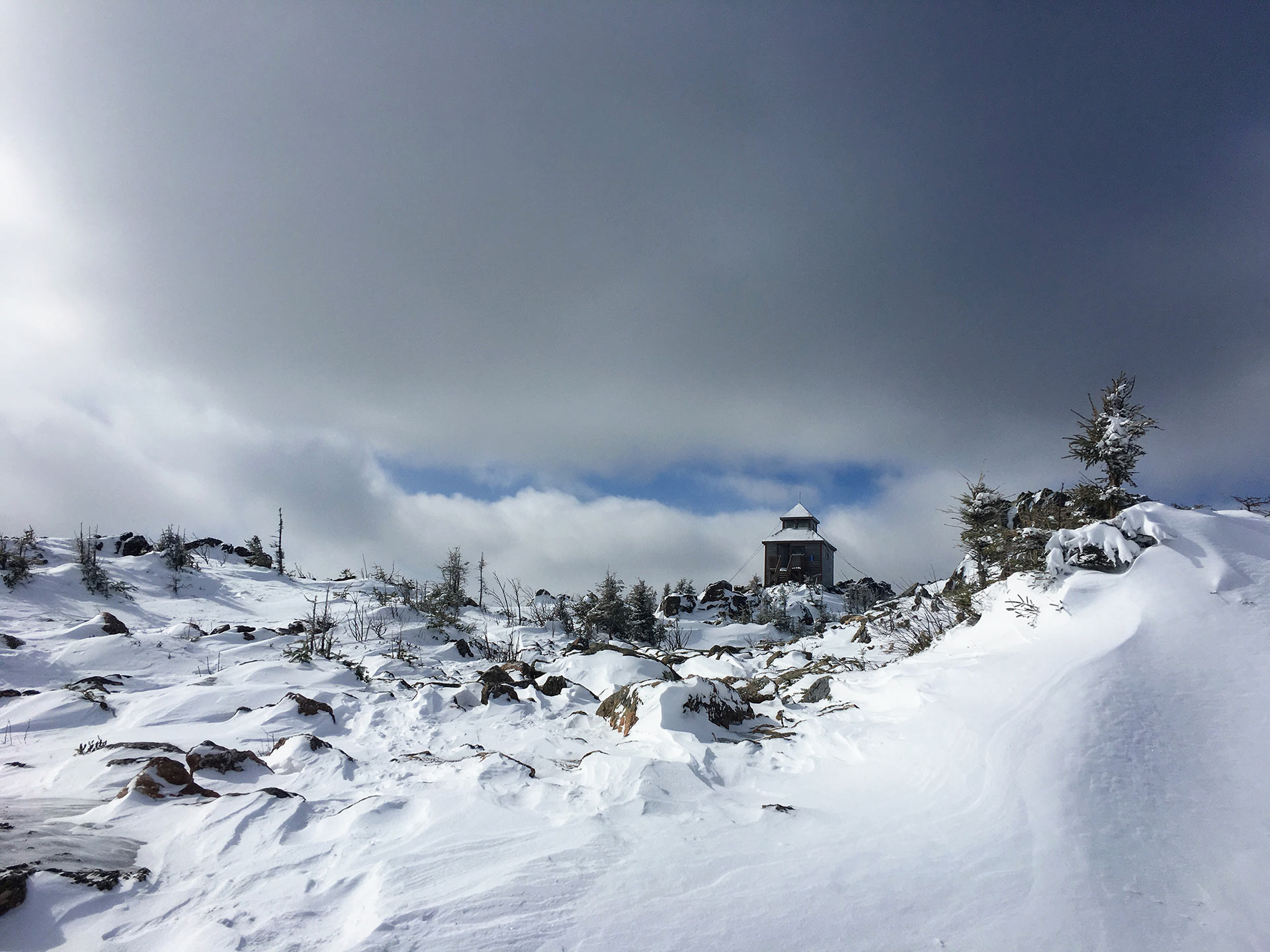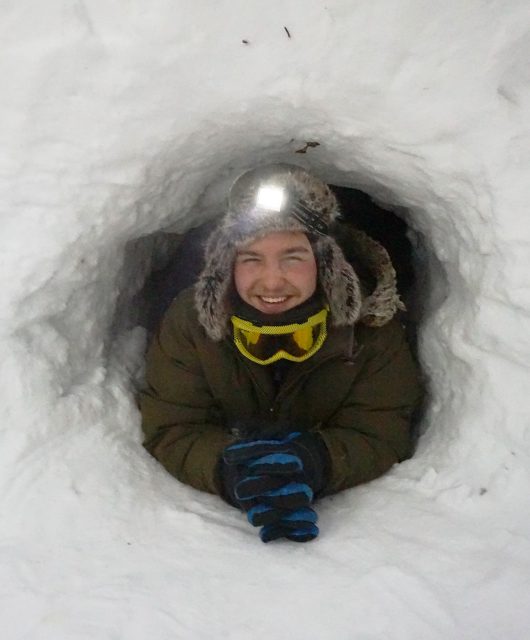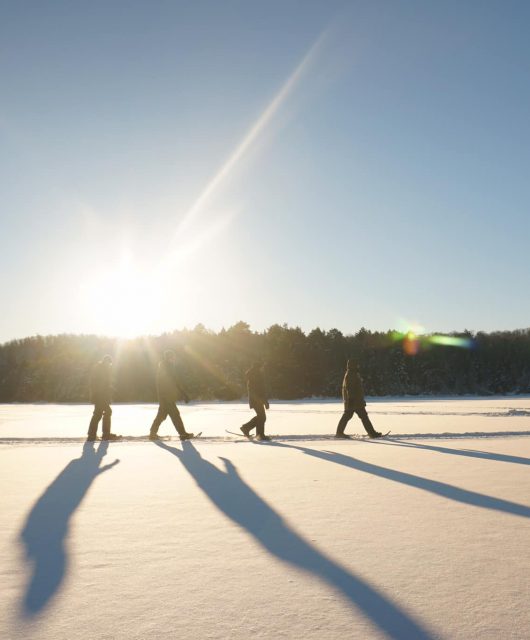Julien is a participant in Group 6 of the Canadian Conservation Corps.
One day during my Stage 2 field placement I was assisting the visitor safety team of Pacific Rim National Park Reserve with upgrading the signage of an unofficial trail. As it often happens within our field unit, two members of the ecological integrity team crossed path with us on their way back from an amphibian survey. We were still exchanging pleasantries when Jonas, a walking encyclopedia for wildlife, squealed with his binoculars in hand. “OWL!” A northern pygmy owl, to be more precise.
“Where?”
“Oh, I see it. Hello tiny buddy,” excitedly followed a coworker while I continued to scan the trees aimlessly, feeling somewhat stupid.
Handing me the binoculars, Jonas ultimately proceeded to expertly describe the location of the tree branch on which the owl stood still 30-40 meters away—not a small feat.
At last, I could see. Stunning—probably my first owl sighting ever. A magnificent creature.
Impressed, I asked Jonas how he spotted the owl. It turns out he had not “spotted” the owl like I thought he might have had by chance walking down the trail. No, rather, he heard it. Or rather, he heard the commotion of agitated chickadees trying to mob the owl away. That’s how he knew to look up. I learned something.
“How do you know all those things?” I keenly asked?
His simple answer: he spends a lot of time outside, observing and attuning to signs.
Are you listening?





